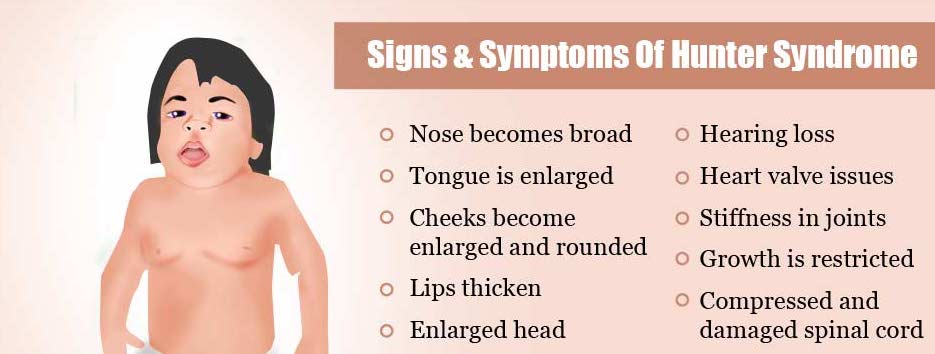Sandbox GGC7
From Proteopedia
(Difference between revisions)
| Line 7: | Line 7: | ||
== Relevance == | == Relevance == | ||
| - | Mutations in Iduronate 2-sulfatase on the Xq28 chromosome can lead to | + | Mutations in Iduronate 2-sulfatase on the Xq28 chromosome can lead to Mucopolysaccharidosis 2 (MPS2), more commonly known as Hunter syndrome.[1] MPS2 is an X-linked lysosomal storage disease.[1] Due to the loss of IDS activity, the disease is characterized by the intracellular accumulation of the glycosaminoglycans heparan sulfate and dermatan sulfate, which are then excreted in urine.[1] Scientists have identified over 500 mutations on the Xq28 chromosome that include rearrangements, insertions/deletions, splicing defects and nonsense point mutations.[2] It is rare to find adults with severe Hunter syndrome as the average life expectancy for those with MPS2 is 15 years of age.[1] Most children diagnosed with MPS2 have somatic abnormalities including skeletal deformities, hepatosplenomegaly, and progressive cardiopulmonary deterioration.[1] Neurological damage is also prevalent beginning with what seems to be a developmental delay and hyperactivity, but progresses to mental retardation and dementia.[1] Death from MPS2 is typically due to obstructive airway disease or cardiac failure.[1] A treatment for patients with mild Hunter syndrome is enzyme replacement therapy, which involves the recombinant human IDS.[2] |
[[Image:Signs-and-symptoms-of-hunter-syndrome.jpg]] | [[Image:Signs-and-symptoms-of-hunter-syndrome.jpg]] | ||
== Structural highlights == | == Structural highlights == | ||
Revision as of 18:53, 28 April 2021
Iduronate 2-sulfatase
| |||||||||||
References
1. UniProt ConsortiumEuropean Bioinformatics InstituteProtein Information ResourceSIB Swiss Institute of Bioinformatics. Iduronate 2-sulfatase https://www.uniprot.org/uniprot/P22304#pathology_and_biotech (accessed Apr 28, 2021). 2. Demydchuk M, Hill CH, Zhou A, Bunkóczi G, Stein PE, Marchesan D, Deane JE, Read RJ. Insights into Hunter syndrome from the structure of iduronate-2-sulfatase. Nat Commun. 2017 Jun 8;8:15786. doi: 10.1038/ncomms15786. PMID: 28593992; PMCID: PMC5472762.

